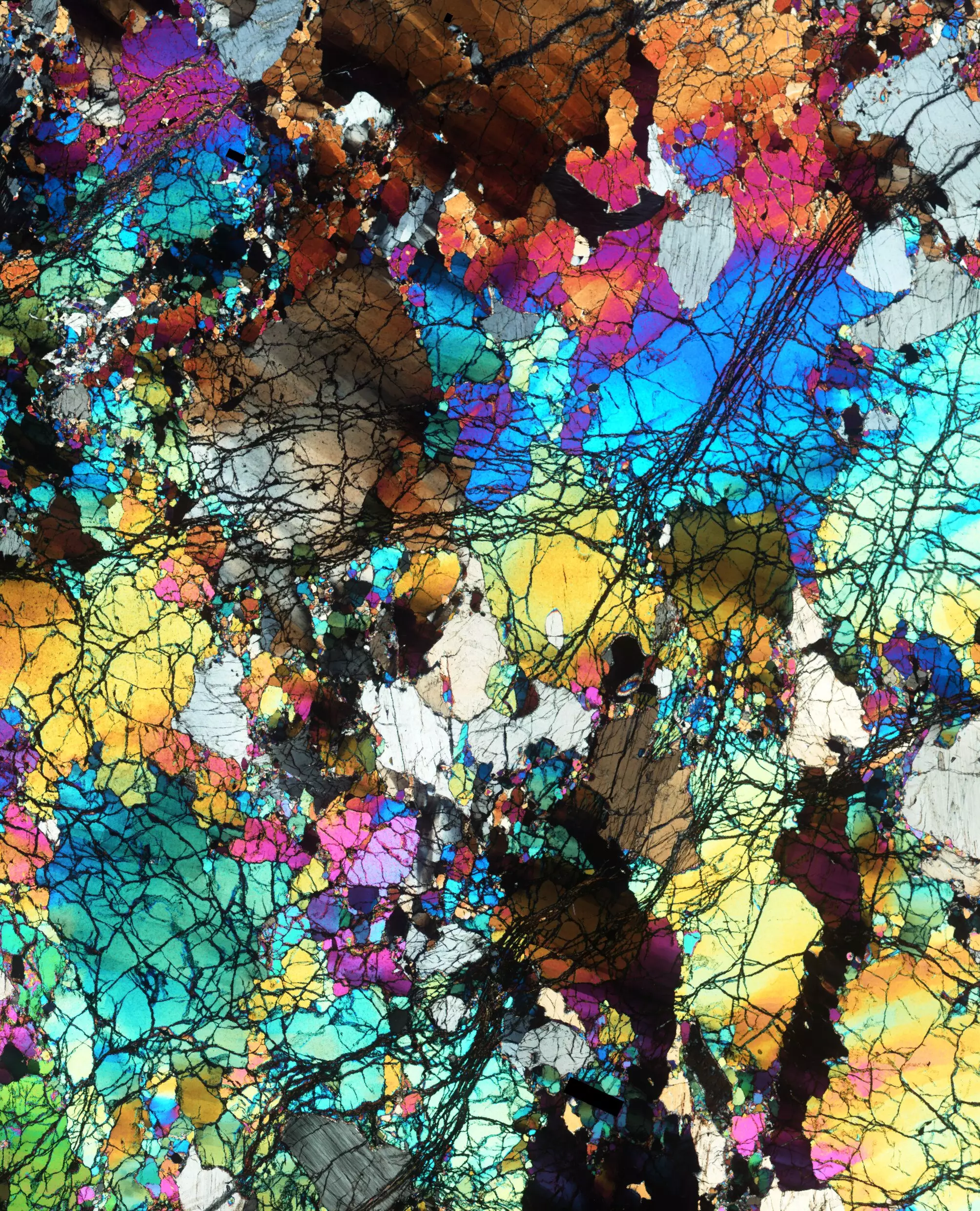Recent research led by scientists from the Smithsonian National Museum of Natural History has opened a window into Earth’s archaic crust, revealing secrets that challenge previous notions regarding the evolutionary history of our planet’s mantle. By analyzing rocks that date back over 2.5 billion years, this team has provided compelling evidence suggesting that the oxidation state of Earth’s mantle remains predominantly stable over geological time. This revelation disrupts long-standing hypotheses that have posited significant transformations in the mantle’s chemistry through the ages.
What we often take for granted is the delicate interplay between Earth’s interior dynamics and the surface processes that sustain life. These ancient rocks, dredged from the seafloor, are not merely geological artifacts; they are time capsules that offer profound insights into the conditions that have shaped Earth as we know it. Elizabeth Cottrell, who heads the department of mineral sciences at the museum, emphasizes this notion by arguing that understanding these rocks helps us piece together the planetary puzzle of our origins.
Decoding the Chemical Mysteries
Cottrell’s team studied a specific collection of unique mantle rocks from two relatively slow-spreading tectonic plate boundaries: the Gakkel Ridge and Southwest Indian Ridge. Unlike the fast-moving ridges teeming with volcanic activity, these locations allow researchers to collect samples that closely represent the ancient mantle. The rocks unveiled an unexpected chemical fingerprint: an extraordinarily low level of oxidation, presenting a stark contrast to the modern mantle.
This distinct property prompts an essential question: What conditions permitted such a significant degree of melting without raising oxidation levels? The research points towards the hypothesis that during the Archean Eon, when the Earth’s mantle was significantly hotter than today, these rocks melted under extreme pressure and temperature conditions—conditions that are no longer attainable. This suggests that these formations could serve as evidence not just of geochemical changes, but also of the thermal history of the Earth itself.
Challenging Established Scientific Debates
The study fundamentally challenges previous theories which suggested notable oxidation events that altered the mantle’s chemistry over time. Previous propositions ranged from the gradual escape of gases into space to varying degrees of mantle recycling through subduction. Cottrell and her colleagues argue that while these hypotheses have merit, they do not sufficiently account for the stability of the oxidation levels observed in their samples. Instead, the findings bolster the view that the oxidation state of Earth’s mantle has largely remained consistent for billions of years, only to be impacted by the cooling of the planet.
This assertion reconfigures the understanding of how Earth’s internal processes have evolved. While many scientists previously theorized that an increase in oxidation over geologic time was inevitable, Cottrell’s research presents a simpler alternative: the cooling mantle has rendered the formation of low-oxidation rocks impossible. Thus, what we observe today is not an evolutionary progress but perhaps a shift in capability due to thermal declines.
The Implications of an Evolving Earth
As scientists embark on new laboratory simulations to replicate the extreme conditions of the Archean Eon, the implications of this research extend far beyond the boundaries of geology. It compels us to reconsider the vast systems that signal sustainability within our planet’s history. If the conditions that led to the formation of unique mantle rocks are no longer reproducible, what does this mean for our current geological landscape?
Such investigations contribute crucially to our broader understanding of Earth’s uniqueness among celestial bodies. As we explore the origins of our planet’s oceans and continents, the findings illuminate how Earth’s past will inform our future, particularly as we face the challenges of climate change and resource management. The research is not just about past epochs; it hints at the interactions that will shape the future landscape of Earth.
By reframing our understanding of the mantle’s long-stable oxidation state, this study moves us closer to unraveling not only the narrative of Earth’s geological evolution but perhaps even changing the script of our understanding of planetary formation across the universe. As we continue this exploration, the timeless geological processes underpinning these ancient rocks forge connections to our own existence, underscoring the shared narrative of evolution that binds all life to this extraordinary planet.


Leave a Reply